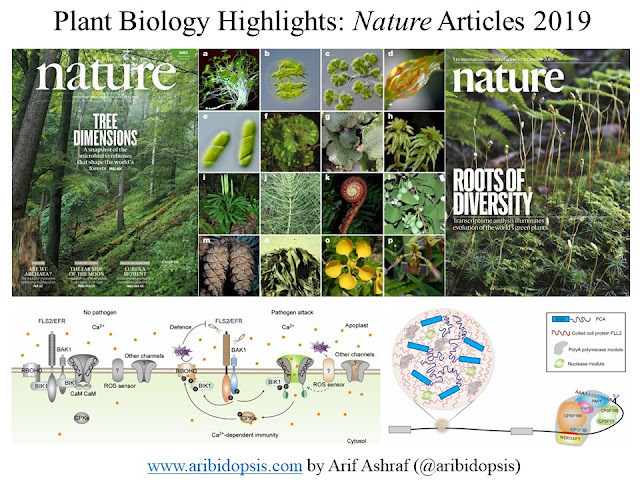Ethylene Biosynthesis Pathway: Part 01
The first step to identify biosynthetic pathway for any chemical or hormone is to find out presursors or metabolic intermediates. Ethylene is not any exception on that case. This mysterious two carbon gaseous hormone has precursors nad probably has metabolic intermediates. Around 1960s, different research group was trying to identify precursors or metabolic intermediates of ethylene. Presursor identification for ethylene was not. It had two major issues.
- Ethylene is not produced from cell free homogenization mixture. So, whatever anyone wants to do, they have to apply any chemical on tissue level and measure the conversion of that chemical into ethylene.
- Ethylene is a simple two carbon component. As a result, a wide range of chemical treatment increase the production of ethylene. It had been misleaded scientists. For example, initially linolenic acid, ethanol, fumaric acid, acetic acid, glucose, sucrose, organic acids, propanal, b-alanine, acrylic acid, and methionine were proposed as presursors.
One of the early publication of Lieberman and Mapson showed that linolenic acid is converted to ethylene in presence of a metal catalyst. This work had been published in Nature, 1964. More precisely, they showed that peroxidized linolenic acid is converted to ethane, ethylene and other hydrocarbons in presence of copper ion and ascorbic acid. According to me, it's one of the most important papers of ethylene history. But, its citation till today doesn't reflect it. In last 52 years, it got only 153 citations!
We all know that oxidation reaction provides free radical. So, Lieberman and Kunishi asked next basic question. Does free radicle effect ethylene production or not? Methionine is a popular metal scavenger. They used methionine and though that it will reduce ethylene production. But, they were surprised that it increases ethylene production. Then they had started to think methionine as major precursors and to prove that they did more experiments. Those works are published in Biochem. Journal, 1965.
The above picture showed that methionine as a precursor in presence of copper ion and ascorbate produces maximum amount of ethylene. It had been established methionine as precursor of ethylene. The next idea was to detect which two carbons are eventually coming for ethylene. In biochemical assay, least common molecule is usually radio labeled for detection. They used isotope labeled methionine and found that C3 and C4 carbons of methionine are backbone of ehylene.
This Biochem. Journal, 1965 paper (unfortunately 148 citations so far!) gave us two solid information about ethylene biosythesis.
- Methionine is the precursor for ethylene biosynthesis.
- C3 and C4 of methionine contribute two carbons of ethylene.
Apart of their story about methionine as precursor of ethylene, Frederick Abeles and Bernard Rubinstein at the US Army Biological Laboratories revealed that addition of flavin mononucleotide to pea extracts led to ethylene production. Soon after, Shang Fa Yang and colleagues at the University of California-Davis showed that methionine was indeed the substrate for this reaction. Both stream of studies were pointing to methionine as the ethylene precursor molecule.
You will find these two classic papers on the following link below:
Here we go. It's totally fun to know about such a important hormone, ethylene, through choronologically. Be with me for following post, comment, argue and enrich ourselves through discussions.





Comments
Post a Comment